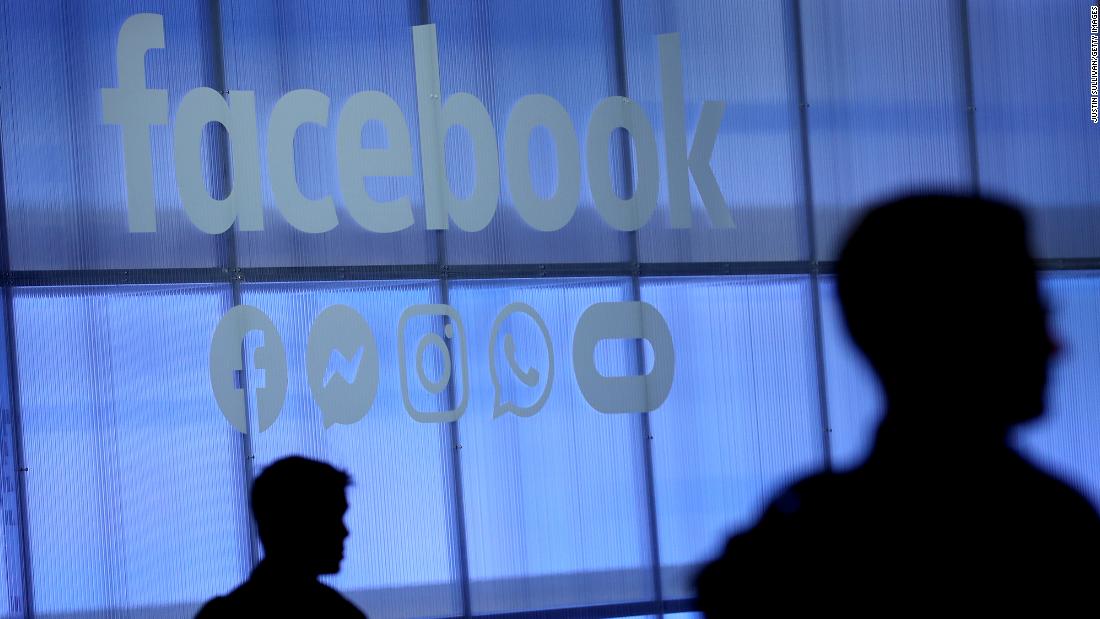Internal Facebook documents released
Just days after insurrectionists stormed the Capitol on Jan. 6, Facebook’s Chief Operating Officer Sheryl Sandberg downplayed her company’s role in what had happened.
“We know this was organized online. We know that,” she said in an interview with Reuters. “We… took down QAnon, Proud Boys, Stop the Steal, anything that was talking about possible violence last week. Our enforcement’s never perfect so I’m sure there were still things on Facebook. I think these events were largely organized on platforms that don’t have our abilities to stop hate and don’t have our standards and don’t have our transparency.”
But internal Facebook documents reviewed by CNN suggest that the company was, in fact, fundamentally unprepared for how the Stop the Steal movement used its platform to organize, and that Facebook truly swung into action after the movement, which played a pivotal role in the insurrection, had turned violent.
The documents include an internal post-mortem, and one document shows real time countermeasures Facebook employees were belatedly implementing.
Asked by CNN about Sandberg’s quote and whether she stood by it, a Facebook spokesperson pointed to the greater context around Sandberg’s quote. She had been noting that Jan. 6 organization happened largely online, including but not limited to on Facebook’s platforms, the spokesperson said.
The documents were provided by Facebook whistleblower Frances Haugen as evidence to support disclosures she made to the Securities and Exchange Commission and provided to Congress in redacted form by Haugen’s legal counsel. The redacted versions were obtained by a consortium of 17 US news organizations, including CNN.
“[A]t the time it was very difficult to know whether what we were seeing was a coordinated effort to delegitimize the election, or whether it was protected free expression by users who were afraid and confused and deserved our empathy,” the author or authors of the analysis, who are not identifiable from what was provided, write.
Those behind the analysis noted that Facebook treated each piece of content and person or group within Stop the Steal individually, rather than as part of a whole, with dire results.
“Almost all of the fastest growing FB Groups were Stop the Steal during their peak growth,” the analysis says. “Because we were looking at each entity individually, rather than as a cohesive movement, we were only able to take down individual Groups and Pages once they exceeded a violation threshold. We were not able to act on simple objects like posts and comments because they individually tended not to violate, even if they were surrounded by hate, violence, and misinformation.”
This approach did eventually change, according to the analysis — after it was too late.
“After the Capitol insurrection and a wave of Storm the Capitol events across the country, we realized that the individual delegitimizing Groups, Pages, and slogans did constitute a cohesive movement,” the analysis says.
![]()


